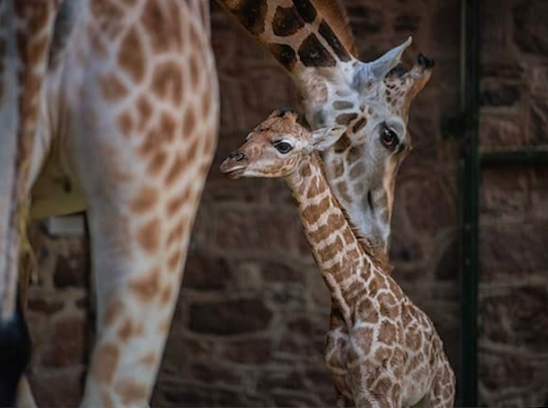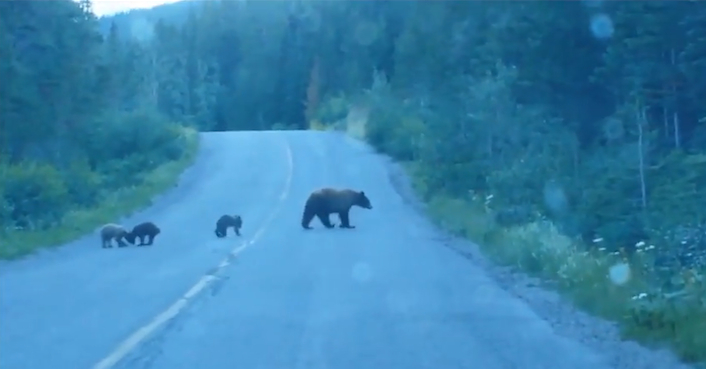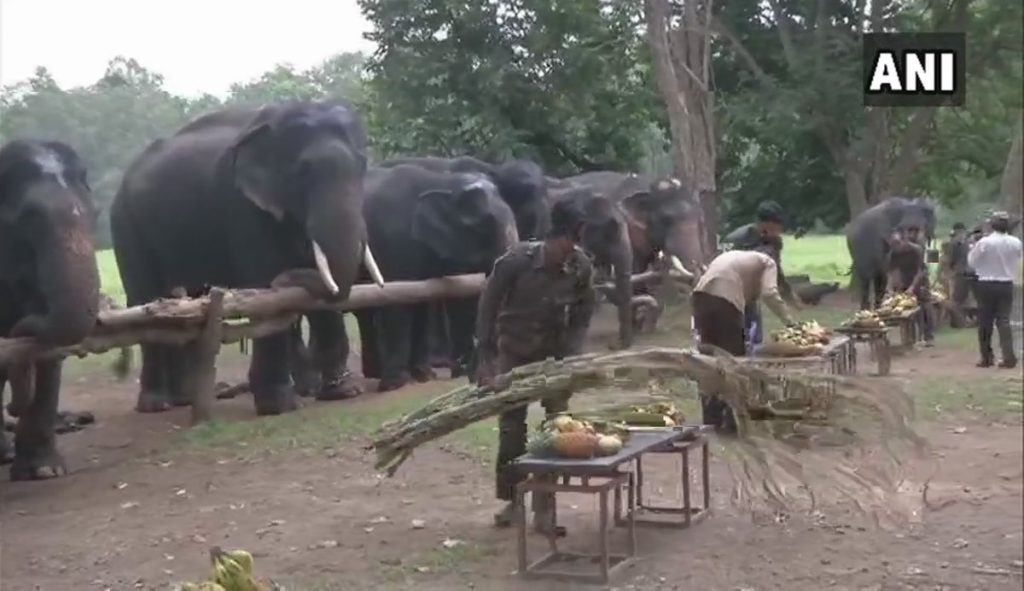He is just a few days old, but Mburo is captivating the world.
He may also help change it.
The incredibly cute — and equally rare — Rothschild’s giraffe calf was born March 5 at the Chester Zoo in the UK.
His birth to 12-year-old mother, Dagmar, came after a three-and-half-hour labour and it was all caught on camera.
“When a giraffe mum drops her calf to the floor it can look a little dramatic,” Sarah Roffe, the zoo’s giraffe team manager, said in a statement. “But it’s not such a long drop when the baby is six foot tall. Nevertheless, to see the birth and the very first steps of an animal as rare of the Rothschild’s giraffe is an incredibly special thing.”
🦒 GIRAFFE BORN! 🦒
Dagmar the giraffe has given birth to a beautiful baby boy. 💙
These are the incredible first moments of his life… pic.twitter.com/Tr1WPbCXkA
— Chester Zoo (@chesterzoo) March 7, 2019
The calf was soon up on its feet and suckling just over an hour later.
“Dagmar is so far being the model mum,” Roffe added. “She’s staying close to her calf and letting it suckle, which of course is vital in these early few days.”
This is Dagmar’s third calf at the zoo. And his father is 8-year-old, Meru.
And their baby is an important boost for the endangered species.

There are perhaps 2,650 Rothschild’s giraffe left in the wild throughout Africa.
The species suffered a dramatic 90 per cent population decline in just a few decades.
These giraffes once roamed throughout Kenya, Uganda and Sudan, but now, their range has shrunk to a few isolated pockets in Kenya and Uganda.
Another third of the remaining Rothschild’s giraffes live in zoos, and like Mburo, are part of specialized breeding program designed to help prop up the species.
This adorable little guy has a name…
Meet three-day-old giraffe calf, Mburo 💙🦒 pic.twitter.com/aKGXXroOUl
— Chester Zoo (@chesterzoo) March 8, 2019
The calf’s name, Mburo, is significant.
Mburo is the place in Uganda where the zoo’s field conservation partner, the Giraffe Conservation Foundation, helped move some Rothschild’s giraffes to help boost the local population.
IUCN Red List Update: Even though conservation efforts benefit some giraffe, others are in serious trouble… https://t.co/T15feEeIEY
— GCF (@Save_Giraffe) November 14, 2018
Translocation has become a key part of of the species survival program.
Mburo has been named after the place that the zoo’s field conservation partners, @Save_Giraffe, translocated Rothschild’s giraffes to in Uganda for the first time – a vital conservation move to boost then dwindling giraffe numbers. 🦒 pic.twitter.com/ej7eACj0Gs
— Chester Zoo (@chesterzoo) March 8, 2019
The Chester Zoo is working to protect the animals in Uganda’s Kidepo Valley National Park.
“The constant threat of habitat loss, along with Africa’s ongoing poaching crisis, continues to put these magnificent animals at risk of extinction,” Mike Jordan, the zoo’s collections director, said in a statement.
Conservation work is paying off, though. Slowly, populations are rebounding
“It’s an incredible effort by all involved to help prevent extinction,” Jordan added.
Photos Chester Zoo




